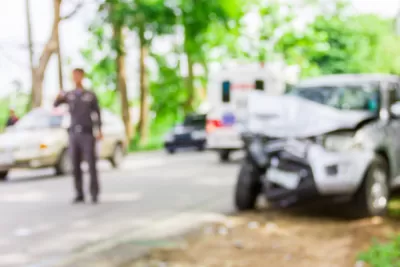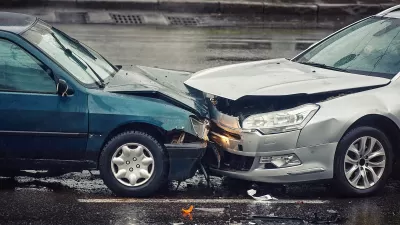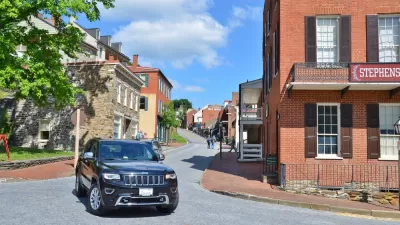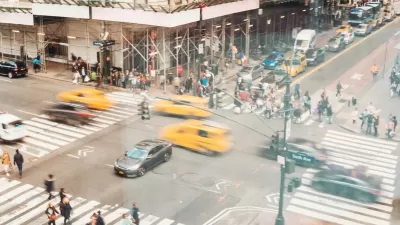The lack of a nationwide standard and extensive officer discretion lead to inconsistent data when it comes to traffic crashes and fatalities.

On the heels of "an explosive Washington, D.C., study that showed police had failed to record as much as 30 percent of 911 calls about drivers striking pedestrians, bicyclists, and other road users, with crashes going unreported most often in Black and brown neighborhoods," reports Kea Wilson. Advocates in Washington, D.C., for example, "say that as much as 40 percent of crashes in mostly Black areas may go uncounted — so District leaders may not even know where its most dangerous corridors are, much less have the specific data they need to fix them."
This underreporting of crashes, writes Wilson, "isn’t the only reason why U.S. communities don’t have a full picture of our national traffic-violence epidemic." Other important factors include: the lack of a federal crash-reporting standard; the flawed standard currently recommended by the National Highway Traffic Safety Administration (NHTSA), which omits important details such as "how far a walker who’s struck by a driver might be from the nearest unobstructed crosswalk" and vehicle height and weight; and the amount of discretion officers have in choosing what information to collect and report.
Rohit T. Aggarwala, senior fellow at Cornell Tech and author of an op-ed encouraging Secretary Buttigieg to reform the Fatality Analysis and Reporting System (FARS), "hopes that, with the right reforms, much subjectivity can be stripped from crash reporting" so cities can have more accurate data when making Vision Zero plans.
FULL STORY: Why U.S. Car Crash Reporting Is Broken

Planetizen Federal Action Tracker
A weekly monitor of how Trump’s orders and actions are impacting planners and planning in America.

Congressman Proposes Bill to Rename DC Metro “Trump Train”
The Make Autorail Great Again Act would withhold federal funding to the system until the Washington Metropolitan Area Transit Authority (WMATA), rebrands as the Washington Metropolitan Authority for Greater Access (WMAGA).

The Simple Legislative Tool Transforming Vacant Downtowns
In California, Michigan and Georgia, an easy win is bringing dollars — and delight — back to city centers.

The States Losing Rural Delivery Rooms at an Alarming Pace
In some states, as few as 9% of rural hospitals still deliver babies. As a result, rising pre-term births, no adequate pre-term care and "harrowing" close calls are a growing reality.

The Small South Asian Republic Going all in on EVs
Thanks to one simple policy change less than five years ago, 65% of new cars in this Himalayan country are now electric.

DC Backpedals on Bike Lane Protection, Swaps Barriers for Paint
Citing aesthetic concerns, the city is removing the concrete barriers and flexposts that once separated Arizona Avenue cyclists from motor vehicles.
Urban Design for Planners 1: Software Tools
This six-course series explores essential urban design concepts using open source software and equips planners with the tools they need to participate fully in the urban design process.
Planning for Universal Design
Learn the tools for implementing Universal Design in planning regulations.
Smith Gee Studio
City of Charlotte
City of Camden Redevelopment Agency
City of Astoria
Transportation Research & Education Center (TREC) at Portland State University
US High Speed Rail Association
City of Camden Redevelopment Agency
Municipality of Princeton (NJ)





























